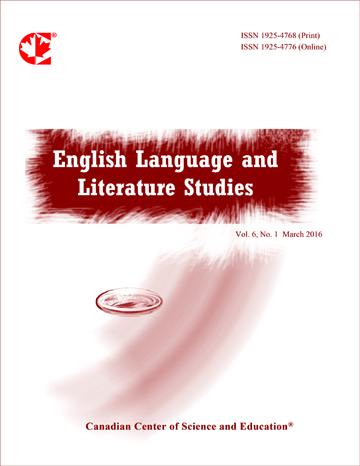Virginia Woolf Established a Strong Human Relationship Through Effective Characterization in her Novel, “To the Lighthouse”
- Imam Alam Khan
Abstract
“To the Lighthouse” is a famous and exceptional novel of Virginia Woolf. It was published in 1928. It is one of the most popular and the most striking novels by the novelist, because it makes easier reading. It is largely unique in its structure, and it reveals its maturity over the technique. The novel is known for its distinctive presentation of dimensional transitions. One of the greatest achievements of the novelist is that the technique of the stream of consciousness finds its way through the ordering of the materials in the novel. Its outward structure is really simple. The novel is an attempt to present a specific aim. A novel has always been a real as well as dynamic reproduction of the thoughts and feelings of the novelist. The novel discards the old authoritarian pattern in the family relationships, which is no longer operative in the society. Now, there is a new orientation of parent-child relationship as well as re-orientation of family and friends’ relationships. That is the vision of life in the mind of the novelist. And, that is the aim of the writer. The novel’s universal spirit and appeal will be under discourse in particular and the manifold visions in which what is receding and what is approaching, find ways to establishing a strong relationship with people in the novel. Therefore, this paper is going to investigate its realistic presentation of feelings and thoughts. It investigates that the novel exhibits the fluid mental states rather than external violent deeds. That the readers themselves interpret and then understand each of the vital characters through his or her own unique thoughts as well as through his or her specific actions. It could be called a novel of stream of consciousness, yet with a difference. Hence, the novel in question investigates its comprehensiveness in design, and “how visions have been presented for establishing relationships among the characters in the novel through strong characterization with a new technique”.
- Full Text:
 PDF
PDF
- DOI:10.5539/ells.v8n3p6
